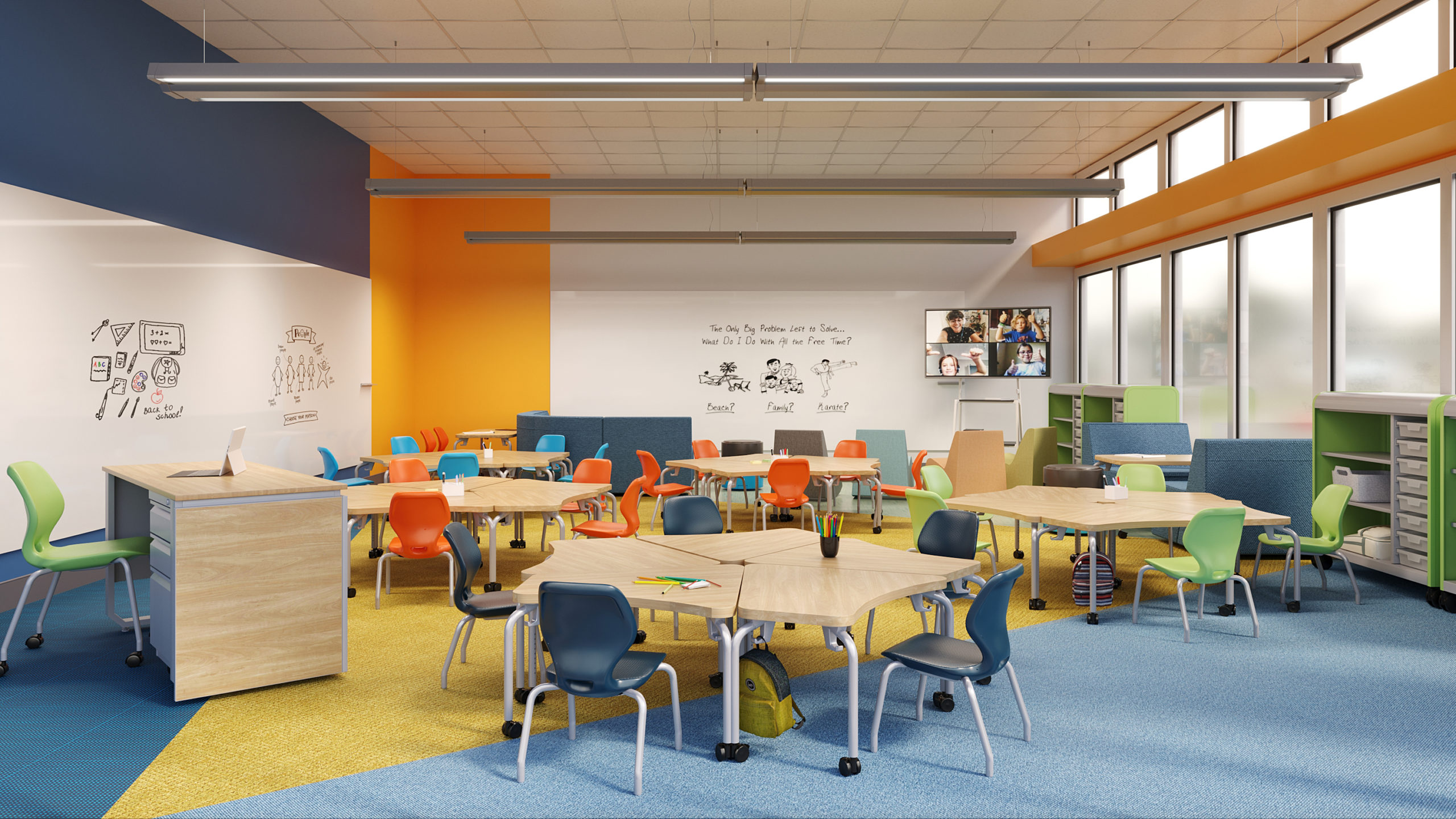
Modern educational environments are evolving at an unprecedented rate. This shift has not only transformed teaching methodologies but also the spaces where students learn. In this context, selecting the right fixtures and fittings becomes paramount. One cannot emphasise enough the importance of choosing suitable classroom furniture that complements contemporary learning styles.
Table of Contents
Prioritising Ergonomics and Comfort
When considering seating solutions and desks, ergonomics should be at the forefront. Pupils spend a significant amount of time seated; hence, chairs and tables should offer proper support to their posture. Items that adjust to the student’s height or seating preference are ideal. These adjustments help minimise strain and ensure that learners remain comfortable and attentive. As students grow and develop, their needs change, which is why adjustable furniture can be particularly beneficial. Proper seating also reduces the risk of developing back and neck issues in the future. Lastly, with comfort in place, students are more likely to remain engaged and retain information efficiently.
Fostering Collaboration through Design
The modern classroom emphasises collaborative learning. Look for pieces that can be easily reconfigured. Tables and chairs that are lightweight and can be quickly rearranged are perfect for group activities. They allow for a flexible setting where learners can form groups, engage in discussions, or return to traditional setups with ease. With technology integration becoming commonplace, furniture should also provide avenues for electronic device usage during group tasks. Spaces that promote collaboration often lead to better problem-solving and idea generation. Additionally, such an environment nurtures teamwork and communication skills among students.
Durability is Key
Educational spaces see a lot of activity and wear. The right fixtures should withstand daily use, occasional rough handling, and even the inevitable art project spill. Choosing robust materials that are easy to clean ensures that the learning environment remains pleasant and inviting for a longer time. Investing in durable furniture might seem costlier initially, but in the long run, it’s economical as it reduces the frequency of replacements. Besides, well-maintained furniture adds to the aesthetics of the classroom, creating an environment students would love to be in. A neat and tidy classroom can also influence students’ attitudes towards learning and their overall well-being.
Keeping Safety in Mind

Safety is paramount, especially when younger learners are involved. Ensure that the pieces have rounded edges to prevent injuries. Also, check for stability. For instance, chairs should not easily tip over, and desks should have a steady base. Simple safety checks can prevent potential accidents and disruptions. Moreover, considering non-toxic materials ensures that students aren’t exposed to harmful substances. It’s also essential to have furniture that doesn’t have any protruding parts or loose components that could be hazardous. Teachers and educators should also be trained to spot potential safety issues and address them promptly.
Embracing Multi-functionality
The more functions a piece can serve, the better. For example, desks with storage options can help in keeping the workspace tidy. Chairs with attached writing pads can eliminate the need for separate tables in certain setups. Multi-purpose items not only save space but also offer flexibility in classroom arrangements. In a space-constrained environment, utilising multi-functional furniture can make a significant difference. It also allows teachers to be more innovative in their teaching methodologies, using the available resources to the fullest. Additionally, multi-functionality can often lead to cost savings, as one piece can serve various purposes, eliminating the need for multiple investments.
Conclusion
Choosing the right classroom furniture is crucial in creating an environment conducive to modern learning. By focusing on ergonomics, flexibility, durability, safety, and multi-functionality, educators can ensure that their spaces are not just places of learning but also areas where students feel comfortable, engaged, and inspired. Remember, it’s not just about filling a room; it’s about fostering the next generation of thinkers and leaders.

